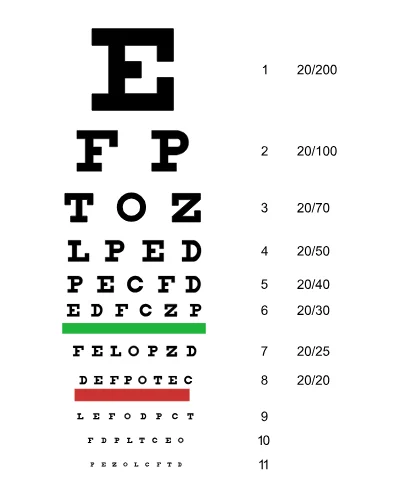Why not have a look at the legally blind definition followed administratively all across the U.S? Legal blindness has been described by the U.S. Social Security Administration (SSA) at two different levels, i.e. based on receded visual acuity and limitation of the field of view (FOV).
- When central visual acuity goes down to 20/200 or lower in your eye which can see better of the two, even after using the corrective lens; or…
- When your field of view is limited to the extent that the widest diameter of the visual field of your better seeing eye subtends an angle no more than 20 degrees.
If you qualify the criteria mentioned above, you stand eligible to file for the visual disability benefits, but it doesn’t guarantee that you’ll get the claim certainly, as various other factors also come into play; for instance, the ones described in here.






